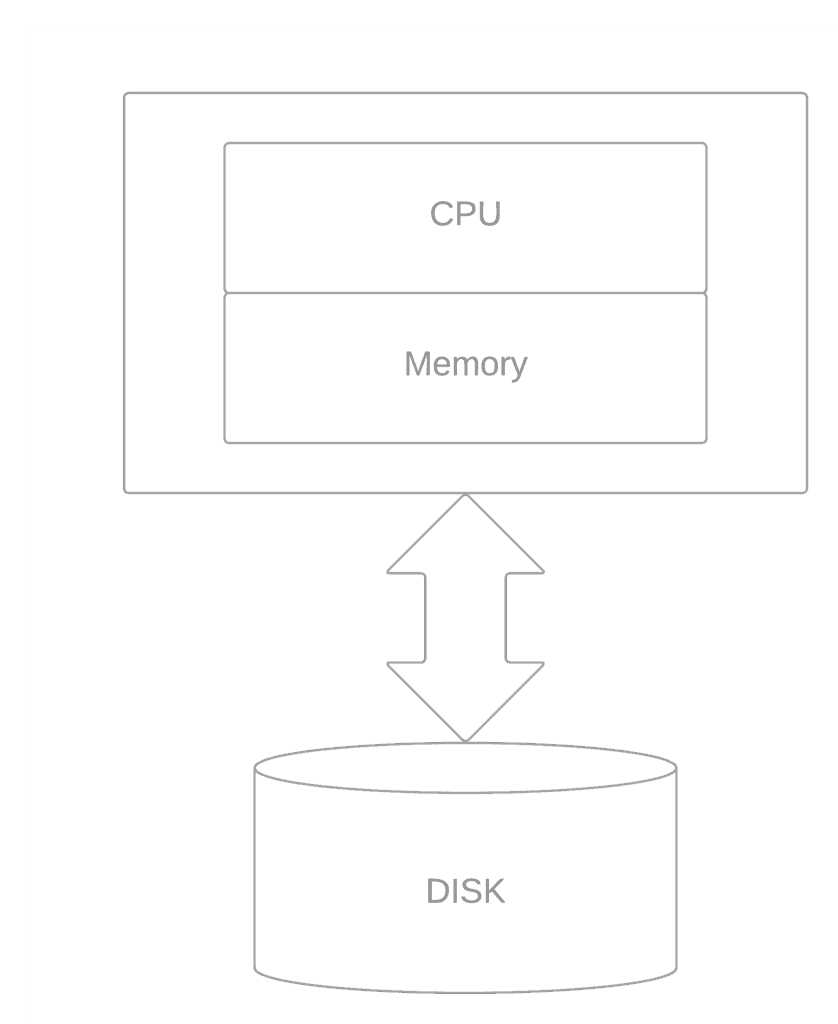Teradata is a powerful and scalable relational database management system designed to handle large volumes of data and complex queries efficiently. One key feature of the Teradata architecture is its shared-nothing architecture, which is vital to the system's linear scalability and performance. In this article, we will explore the shared-nothing architecture of Teradata and its benefits.
What is a Shared-Nothing Architecture?
A shared-nothing architecture is a distributed computing architecture in which each node in the system operates independently, with no sharing of resources between nodes. Each node has its own CPU, memory, and disk storage, and nodes communicate with each other via a high-speed network connection.

The shared-nothing architecture is designed to achieve parallel processing across multiple nodes. Data is distributed across the nodes, and queries are executed in parallel across multiple nodes, each processing a portion of the data. This architecture allows for high scalability and performance, making shared-nothing systems ideal for large-scale data warehousing and analytics.
In a Teradata system, each node executes many Access Module Processors (AMPs) responsible for storing and retrieving a portion of the table’s data. Data distribution across the AMPs is done using hashing, and queries are executed in parallel across multiple AMPs. A typical Teradata system has hundreds of AMPs per node.
This architecture also allows for linear scalability, as new nodes can be added to the system to increase performance. However, there are technical limitations to the scalability of Teradata.
When adding more AMPs to a Teradata system, the data must be redistributed across the old and new AMPs. This process is known as rebalancing and is needed to ensure that data is distributed evenly across all AMPs.
During the rebalancing process, data must be moved from existing AMPs to new AMPs, which can take a significant amount of time and impact system availability and performance.
The time required for rebalancing increases as the number of AMPs in the system grows. Scaling usually requires downtime (still, the rebalancing process can be delayed after a system upgrade).
In conclusion, while Teradata is designed to be a scalable system, there are limitations to its scalability. The rebalancing process required to redistribute data across the new AMPs can take significant time and impact system performance. Teradata provides various tools and techniques to manage data distribution and minimize or delay the impact of rebalancing on system performance.
Benefits of Shared-Nothing Architecture
The shared-nothing architecture offers several benefits, including
Linear scalability: Shared-nothing architectures are highly scalable, allowing new nodes to be added to the system easily.
Performance: By parallel processing across multiple nodes, shared-nothing architectures can provide high performance for even the most complex queries.
Teradata's shared-nothing architecture is critical to the system's scalability and performance. By utilizing parallel processing across multiple AMPs, Teradata can efficiently handle even the most demanding data warehousing and analytics workloads. Teradata’s implementation of the shared-nothing architecture also provides fault tolerance and easy scalability, making Teradata an ideal system for large-scale data warehousing and analytics.
